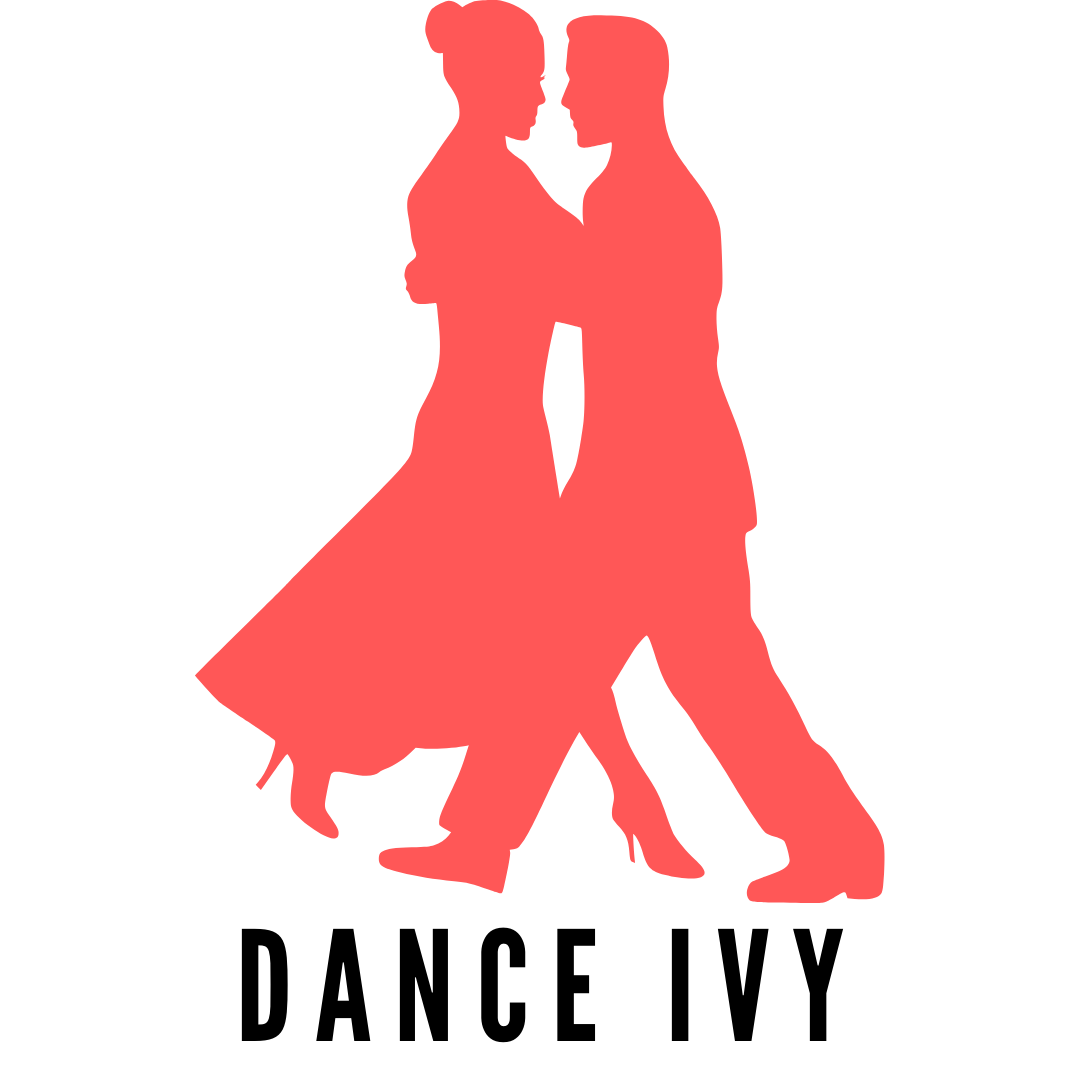Dancing for the elderly is shown in many studies to
- reduce joint pains,
- improve reaction time,
- reduce risks of dementia,
- improve strength in legs,
- improve walking speed, and
- reduce risks of falls.
According to a report on the physical activity patterns of different age groups, dancing is observed as being one of the most popular physical activities in American women aged 45 years and older (Fan et al. (link.springer.com)
So, yes… MOST CERTAINLY the elderly can dance too! If you’re an elderly reading this or you’re simply helping your folks research on whether the elderly can dance.

Anyone can dance, as long as you’re willing to learn and get moving. There are many variations of dance catered to different groups of people. Of course, we won’t expect the elderly to be doing genres like hip-hop or ballet but there are several types of dance catered to their age group that are worth a shot.
A study by the Albert Einstein College of Medicine has proven that adults who danced regularly had a 76% reduced risk of developing dementia. This is crucial for the mental health of elderly people as they are often prone to cases of dementia or memory failure as they age on in their older years.
Dancing is a physical activity that helps us to maintain a healthy and active lifestyle which is especially beneficial to the elderly.
At a senior age, it is most likely that the elderly are physically inactive so doing simple dances is a good way to remain healthy. Dancing helps to maintain or even improve one’s muscle strength and flexibility with physical exercise.
This is considerably a huge number considering how the elderly are pretty reliant on medication to curb their sores and aches instead of physical activity for physical fitness. Physical exercise will also improve body mass and body weight.
According to a 2019 study (frontiersin.org), 130 participants joined a 32-weeks traditional dance intervention, and significantly:-
- improve the strength of their legs in a Chair Stand test,
- a test that assesses the ease of climbing the stairs,
- walking speed,
- reduce the risk of falls.
A 6-month study in 2013 also found the reaction time of participants besides the reduces cognitive decline and other brain functions (frontiersin.org).
Among common injuries and health concerns, falls alone are the most common injury for the elderly and injure millions of seniors every year, with an estimated 1 in 3 seniors over the age of 65 falling every year. (celebrityballroomdance.com)
Further, according to the Centers for Disease Control and Prevention (CDC), between 2006 and 2010, falls were the leading cause of traumatic brain injury-related deaths in persons aged 65 or older.
Aside from the numerous health benefits that dancing can provide the elderly with, it is also a perfect avenue for them to expand their social interaction and connect with more people of their age.
Social dance prevents loneliness and gives them something to look forward to each time round, just like how playing sports with our friends always make us anticipate the next session.
Just take a look around your neighborhood area. I’m sure you’ve seen groups of elderly people doing Taiji together or dancing together at community clubs. Dance therapy is a form of physical activity and also good for the brain.
Types of low-impact dance that the elderly can try include salsa, tap dancing, or even chair aerobics which I’ve personally tried out before. It was a fun experience doing chair aerobics with friends as we could share silly moments while learning (or suffering) together.
Although I can’t relate, I do have friends whose grandparents participate in weekly dance routines at community clubs or open spaces outside malls – the ones where loud music is blasted and instructors are on stage shouting instructions while passers-by would walk past and silently watch, or judge. BUT they’re having fun and that’s all that matters.

One recommendation that elderly people can try is to follow this simple dance workout which is catered to seniors and the elderly.
Link: https://www.youtube.com/watch?v=8mAA9qNSTo4. Not only is this a good starter for the elderly who are adamant about dancing, but it is also a fun activity.
Dancing can be done conveniently from the comfort of our homes. The elderly are not required to travel to a park or wherever for a walk, which makes everything so much easier for them, and ease the worries of their loved ones. In the case where professional help is needed, one can visit a nearby community club where dance classes are delivered for the elderly people.
Dancing also requires no equipment hence it is easily accessible for all as a means to lower their blood pressure and cholesterol levels. It is a simple yet effective platform to allow the elderly community to get going. Simply play any slow music for your grandparents and you could even perhaps teach them some simple dance moves.
You could also ask your grandparents to dance as a couple together and sway to the music. It is a pretty cute sight to see! You can share with them the benefits of a couple dance here.
Motivate your folks and have fun together.

 Chelsie
Chelsie